The following Hamstring exercises form part of our Hamstring strain rehabilitation program. They include stretching, strengthening and functional exercises to be done alongside treatment methods. They are also ideal for strengthening the hamstring muscles to improve performance and help prevent injury.
If you have suffered a pulled hamstring then do not begin exercises until you are sure the initial acute phase has passed. See our full hamstring strain rehab program for more details.
Stretching exercises
Never do hamstring stretching exercises during the acute stage, immediately following injury. These exercises stretch the hamstring muscles and include static as well as dynamic hamstring stretching exercises.
Straight leg hamstring stretch
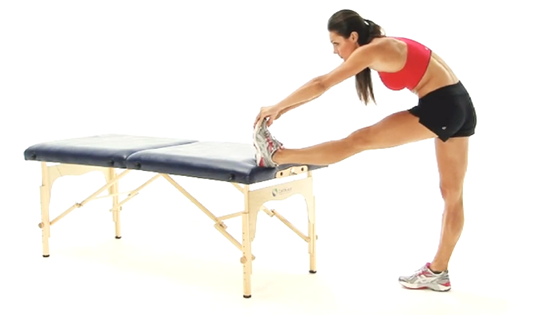
Ease into the stretch and hold. You can perform this on a bench, table or the floor. Do not force it. You should feel a gentle stretch at the back of your thigh. This exercise targets the muscle fibres higher up the thigh more, as opposed to above the knee.
Bent knee hamstring stretch
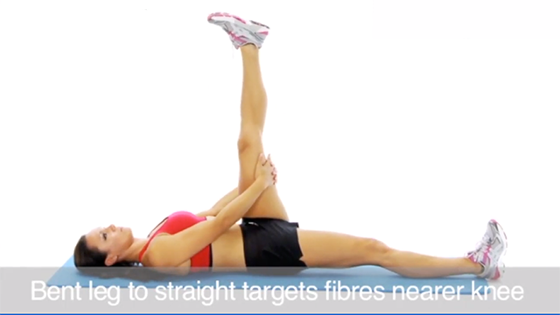
Bent knee hamstring stretches target the hamstring muscle fibres nearer the knee as opposed to higher up. Gently bring your leg up, then straighten it to apply a stretch to the muscle.
Hamstring swings
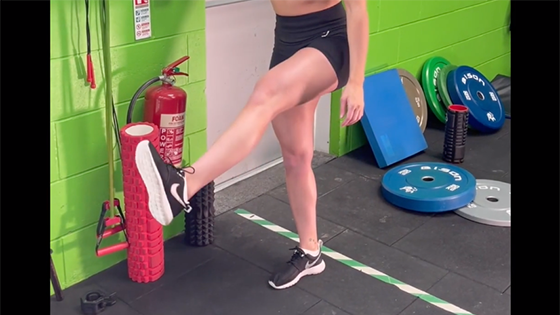
The affected leg is the one swinging. Gently swing the straight leg as high as is comfortable. Do not force, or try to bounce into the stretch.
Straight leg raise
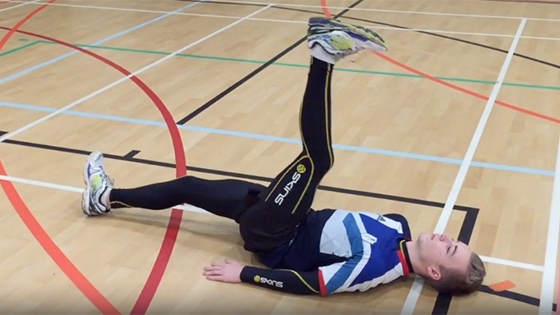
Lie on the floor on your back and lift the injured leg up as far as it will go within the pain-free range. Then lower. Try to get a more dynamic movement with this exercise and aim to gradually straighten the knee as your flexibility improves.
Upside downcycling
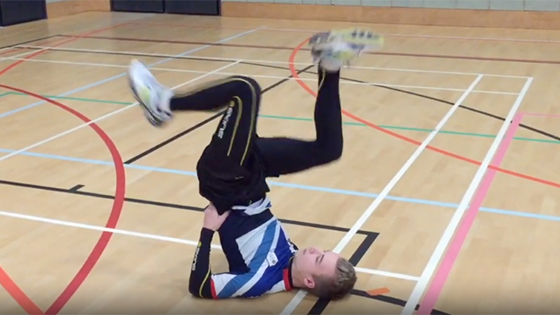
Lie on your back and support your hips with your hands. Perform a cycling action with your legs.
Strengthening exercises
You should only begin hamstring strengthening exercises when you can do them pain-free. Where you start and how fast you progress depends on how bad your injury is and how long ago you injured it. They can be done at home without any specialist equipment. The early stages involve isometric exercises without movement. Later isotonic exercises involving movement and using weights or resistance bands are important.
Isometric hamstrings
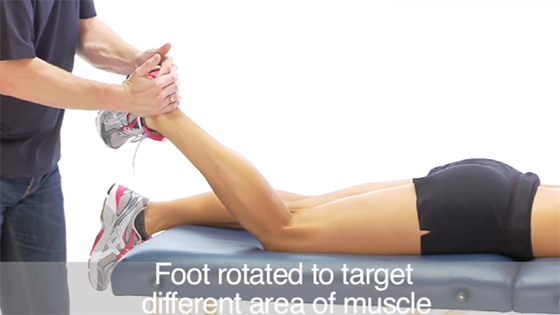
These are best done with a partner (or therapist) to help. Lie on your front in the prone position. Contract your hamstring muscles against a partner’s resistance, hold then relax. Change the amount your knee is bent to work the muscle at different lengths. Once you have worked the muscles through a range of angles, repeat with your foot turned inwards, then again turned outwards. This targets the inner and outer hamstring muscles.
Standing hamstring curl
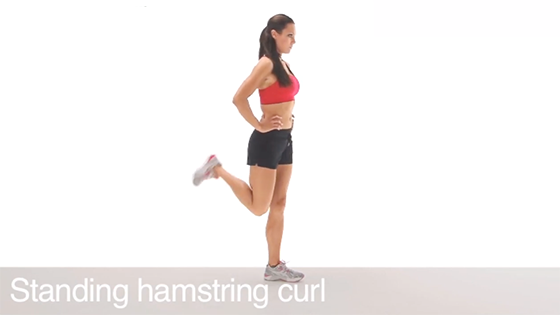
Bend your knee pulling your ankles close to your buttocks. Increase both reps and speed as you become more confident.
Hamstring catches
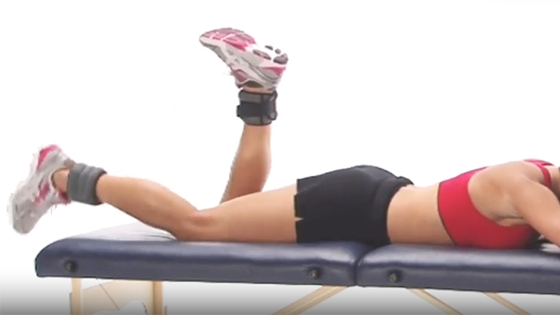
Allow your leg to fall from a bent position. Use your hamstring muscles to catch the leg before it falls horizontal. Stay relaxed as your leg falls under the influence of gravity. Only contract the hamstring muscles to prevent the foot from landing. This works the hamstring muscles eccentrically, with a very light dynamic training effect.
Double leg bridge
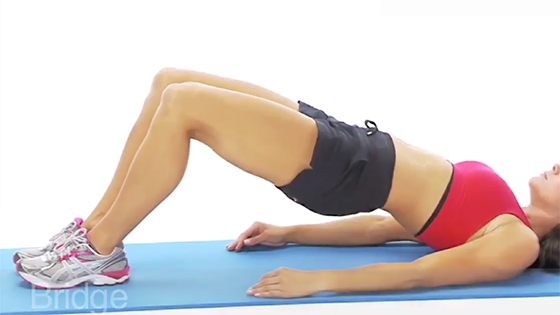
Lie on your back, knees bent, and push the hips upwards to work the gluteal muscles and hamstrings. Use both feet on the floor pushing up, to begin with. Hold the position briefly and then lower it.
Seated hamstring pull
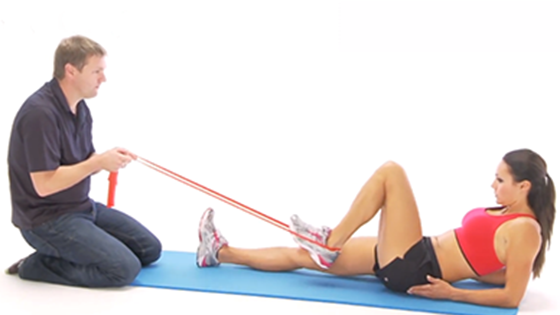
One end of a resistance band is tied to a fixed point or held by a partner and the other end is secured to the foot. Pull your heel into the buttocks, contracting the hamstring muscle to do so. See how you
Single leg bridge
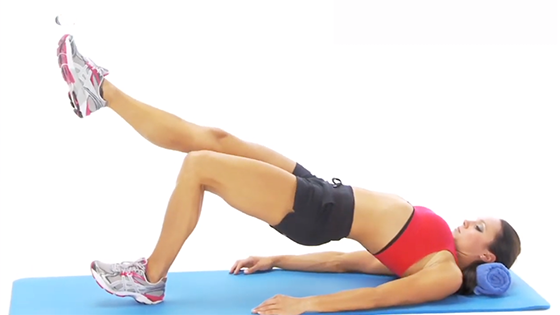
Lie on your back, knee bent, and push the hips upwards to work the gluteal muscles and hamstrings.
Alternate hip extension hamstring exercises
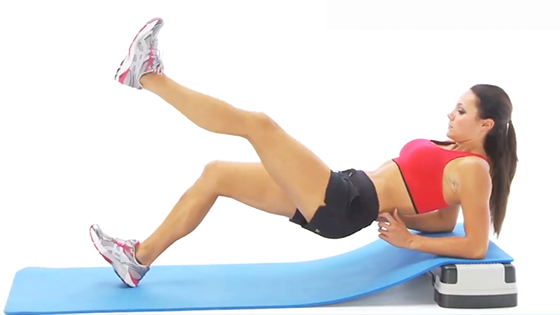
Use a step or box to raise your elbows, and alternate by putting each heel on the floor. It is important to maintain good core stability and keep your hips and shoulders still. As your heel touches the ground the gluteal muscles and hamstrings have to work isometrically to keep your body stable. Note: This works the hamstring muscles in a position similar to how they are when sprinting or accelerating.
Straight leg ball pick up
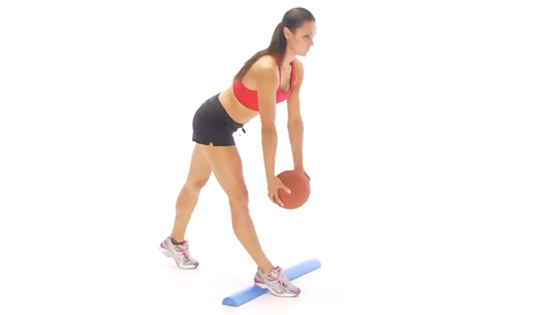
This is an excellent rehab hamstring exercise as the straight leg ball pick-up strengthens the hamstring muscles in a stretched position.
Hamstring strengthening exercises become more demanding and sport-specific. Be careful not to overdo things if you are resuming normal sports training sessions. You may be surprised at just how difficult some of these exercises are if you are not used to them. See how you feel the following day.
Lunge with ball
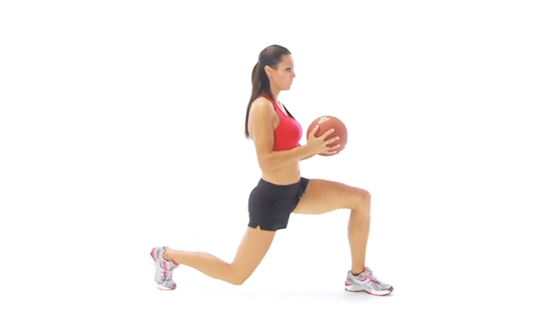
The ball helps as a balance aid.
Good mornings
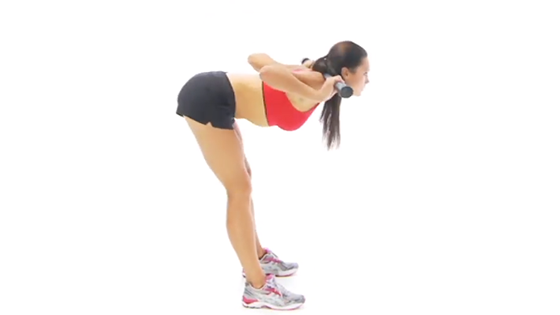
Place a barbell on your shoulders so the bar rests on the upper back. Bend forward at the waist keeping your back straight. This also works the hamstrings as they stretch.
Norwegian hamstring curl
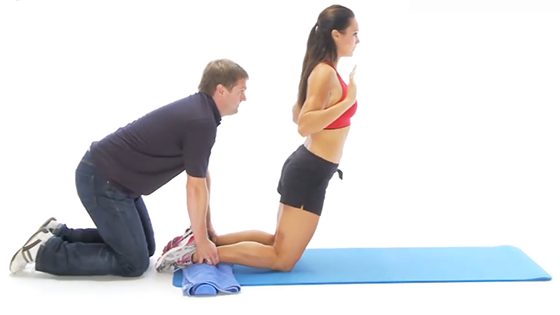
Functional exercises
Functional hamstring exercises are more activity or sports-specific. They bridge the gap between basic hamstring rehabilitation exercises and returning to normal training.
Quick feet and hold
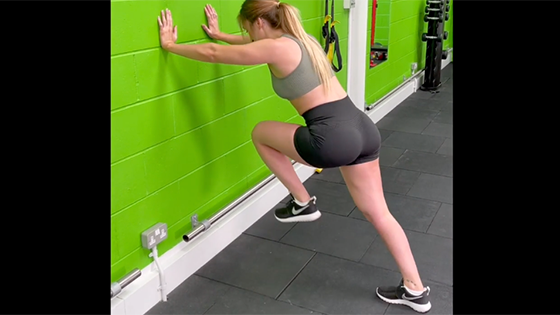
Side jump
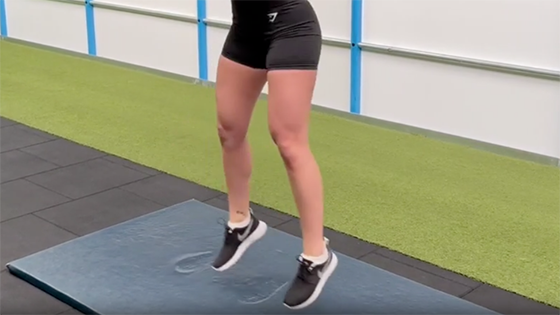
Perform a two-footed squat jump to the side. Hold the finish position briefly.
Pogo hamstring exercises
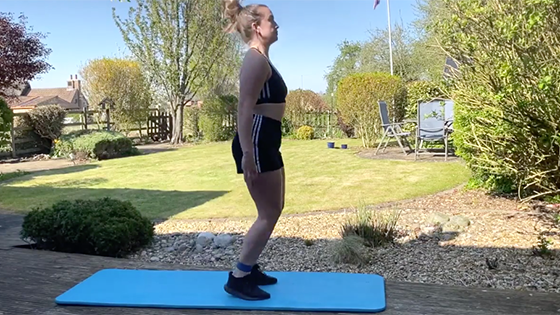
Jump up and down on both feet. Loop a resistance band around your ankles to bring your hip muscles into it more. Keep your knees very slightly bent but aim to do most of the work with your calf muscles.
Aerobic fitness & running progressions
Being injured doesn’t have to mean training stops. This step-by-step aerobic fitness program is to be used when recovering from hamstring strains. It is designed to be used in conjunction with a full hamstring strain rehab program consisting of healing, strengthening, and stretching exercises.
